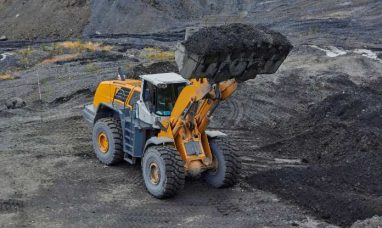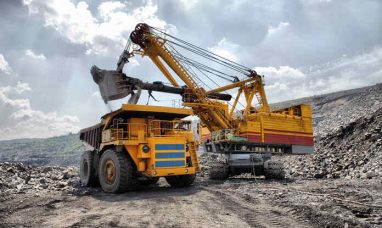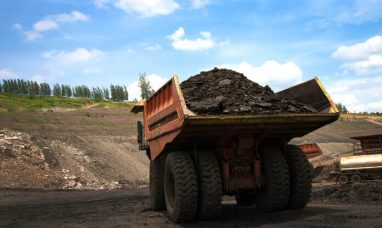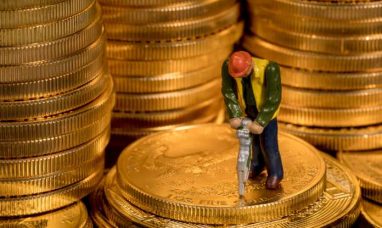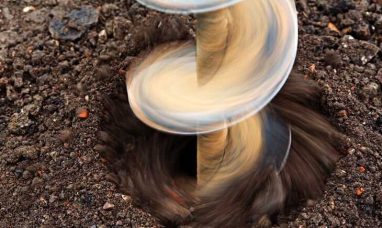(NewsDirect)
The World Of Phosphate
Phosphate is growing as a commodity because of its
use in batteries and fertilizer. The
phosphate market is expected
to witness a compound annual
growth rate of 5% between 2022 and 2028 primarily because of these two
industries.
Electric vehicles (EVs) have long banked on lithium-ion
batteries composed of nickel, cobalt and manganese, but in recent
years, North American and European carmakers are following China’s
lead and developing
lithium
iron phosphate (LFP) batteries.
LFP batteries are safer, cost
less than alternatives and last longer. Phosphate is a better
alternative to nickel and cobalt needed for lithium-ion batteries, and
as EVs evolve, phosphate demand is projected to grow.
Also pushing LFP growth
is its use in energy storage. Within the next five years, LFP use in
energy storage will outpace its use in EVs resulting in further demand
growth for phosphate.
Phosphate is also an essential component of fertilizers and is
used in various food and industrial products.
Commercial
fertilizers
are composed of nitrogen, phosphate and potassium
(NPK) — the Big 3 — which play a key role in plant nutrition.
The global population is expected to
exceed 9 billion by 2050 so fertilizer will be increasingly needed to
boost crop production. As the agriculture sector increases globally to
meet demand, the need for phosphate will also increase.
Why
Phosphate Could Remain A Major Player
Despite LFPs becoming the leading battery
chemistry for EVs, EV technology is developing rapidly, and there is
always the chance that predictions can be wrong and other chemistries
like
sodium-ion
surpass LFPs. But fertilizers are a much more stable industry and the
Big 3 components of fertilizers are far less likely to change.
This is important to
recognize because fertilizer production accounts for 85% of phosphate
use. Phosphate is a commodity that is projected to grow in demand
regardless of the EV market. The phosphate demand curve would look
different without batteries, but fertilizers use most phosphate
anyway. The reality is phosphate isn’t going anywhere soon.
European and North
American companies primarily rely on North African, Middle Eastern,
Russian and Chinese suppliers. The West is waking up to the reality
that its phosphate supply is dependent on regions that are
geopolitically unstable or that it has rocky relationships with.
For example, the
Russia-Ukraine war has caused major disruptions in the agricultural
industry — specifically, fertilizer production. Russia and Ukraine
account for a substantial portion of the global fertilizer trade.
Russia
produces
9% of the world’s nitrogen fertilizer, 10% of
phosphate fertilizer and 20% of potash fertilizer. The war has
disrupted exports and increased the price of fertilizer and
agricultural commodities related to fertilizer such as phosphate.
China
announced in July
that it would extend its export restrictions
on phosphate fertilizer through the end of 2022.
In
September, the U.S. Department of Agriculture
announced it
will invest $500 million to increase domestic fertilizer production
— double the amount of its previous commitment to curb reliance on
Russian and Chinese fertilizer. It is increasingly clear that it would
be advantageous to have a significant phosphate supplier in a country
with stronger and more stable ties to the West.
Companies like
Arianne Phosphate Inc.
(TSX-V: DAN) (OTCMKTS: DRRSF), a
promising phosphate mining company, are among the few in North America
that can respond to the growing demand for phosphate. The company’s
Lac à Paul project in Quebec, Canada, is a response to a growing
global demand for phosphate for fertilizer, which is increasing
2% to 3% each
year.
European and North
American markets might be more inclined to rely on a Canada-based
mining company than a Russia- or China-based company.
ARIANNE PHOSPHATE INC.
(
www.arianne-inc.com
)
owns the Lac à Paul phosphate deposit in Quebec, Canada. Fully
permitted and shovel ready, the asset is among the world’s largest
greenfield deposits, capable of producing an environmentally friendly
phosphate concentrate. Due to the nature of its high-purity,
low-contaminant product, Arianne’s phosphate can be used to produce
fertilizer as well as meeting the technical requirements of specialty
applications such as the lithium-iron-phosphate (LFP) battery. The Lac
à Paul deposit is rare due to its geographic location and geological
structure. Arianne Phosphate is listed on both the TSX-V:
DAN
and the OTCQX:
DRRSF
.
This post contains sponsored
advertising content. This content is for informational purposes only
and is not intended to be investing advice.
This
information contains forward looking statements. All statements, other
than statements of historical fact, included herein, including without
limitation, statements regarding potential mineralisation and
reserves, exploration results and future plans and objectives of
Arianne Phosphate Inc, are forward-looking statements that involve
various risks and uncertainties. There can be no assurance that such
statements will prove to be accurate and actual results and future
events could differ materially from those anticipated in such
statements. Important factors that could cause actual results to
differ materially from Arianne Phosphate Inc’s (“Arianne
Phosphate” or the “Company”) expectations are disclosed under
the heading “Risk Factors” and elsewhere in Arianne Phosphate
Inc’s documents filed from time-to-time with the TSX Venture and
other regulatory authorities.
Contact
Details
Brian Ostroff, President
Company
Website
Copyright (c) 2022 TheNewswire – All rights reserved.
Featured image: Megapixl © Milslav78










